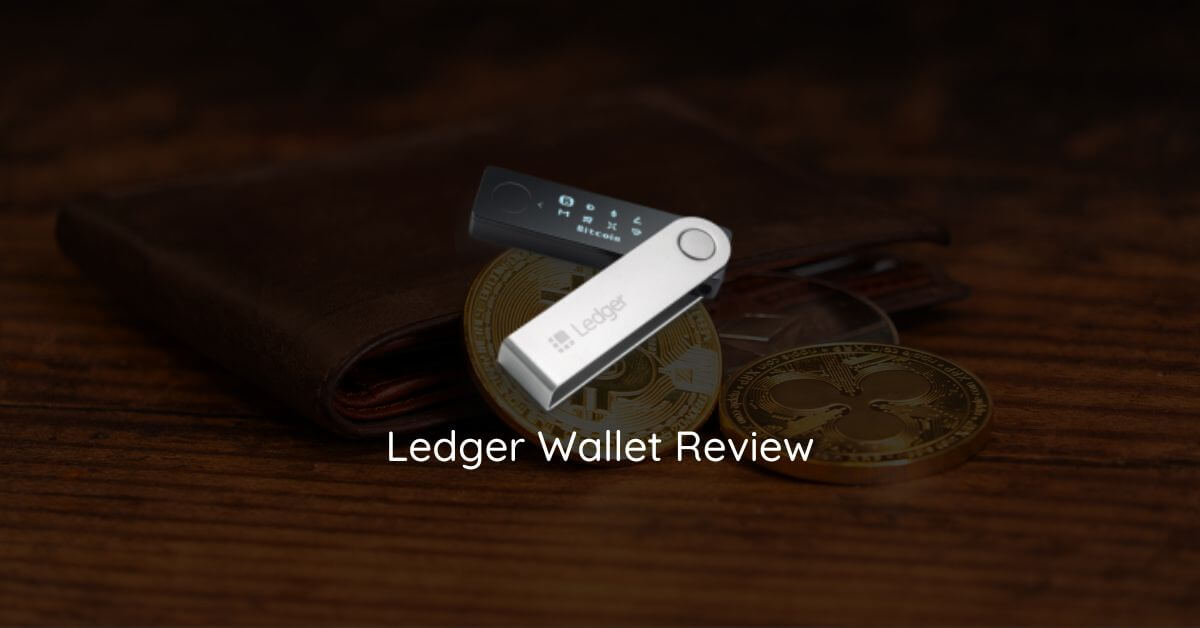
Important: This page focuses on securing and managing your ledger login — the entry point to your hardware wallet and your cryptocurrency assets. Read carefully and follow the safe practices below.
Ledger Login: Secure Access, Fast Recovery, and Practical Troubleshooting
Ledger devices (Nano S, Nano S Plus, Nano X) are hardware wallets designed to keep private keys offline. The phrase ledger login refers to the process you use to authenticate and unlock your Ledger device to access your accounts via Ledger Live or supported third-party apps. Because this login protects direct access to funds, understanding the steps, protections, and recovery options is vital.
What the ledger login consists of
A typical Ledger login requires three things: (1) physical possession of your Ledger device, (2) your device PIN (set by you during setup) and (3) the recovery seed phrase stored offline. The PIN unlocks your device; the recovery seed is your ultimate backup to restore accounts on a new device if your device is lost, stolen, or damaged.
Step-by-step: How to perform a safe ledger login
- Connect your Ledger device directly to your computer or mobile via the official cable or Bluetooth (Nano X). Avoid public USB hubs when possible.
- Open Ledger Live (or a supported app). Ensure you have the latest official Ledger Live installed from the Ledger website.
- Enter your PIN on the device screen — never type the PIN into software on your computer.
- Once unlocked, confirm the app and account you want to use. Approve on the device when prompted to authorize transactions or view keys.
Troubleshooting common ledger login problems
If the device doesn't respond, try a different cable, different USB port, or a different computer to rule out hardware connection issues. If you forget your PIN, the only recovery path is a factory reset followed by a recovery using your seed phrase. That is why securely backing up the seed is crucial.
Forgotten PIN — recovery steps
1) The device will wipe after a certain number of wrong attempts. 2) Use the recovery seed to restore accounts on the same or a new Ledger device. 3) After recovery, set a new PIN and confirm your seed remains safely stored offline and inaccessible to others.
Best practices to protect your ledger login
- Store your recovery seed in at least two geographically separated, secure physical locations. Use fireproof safe or steel backup plates where possible.
- Never photograph or store the seed in cloud storage, email, or on your phone.
- Keep device firmware up to date by checking Ledger Live and official Ledger announcements. Updates improve device security and compatibility.
- Use the official Ledger Live app and verify app signatures; avoid unknown third-party wallets unless they are well established and audited.
When to seek help (and what to avoid)
If you see unsolicited prompts asking for your seed or a supposed "support agent" asking to remote into your computer, treat it as a scam. Only use official ledger.com support channels and documentation. When in doubt, search official Ledger resources directly — do not follow unexpected links in emails or social media messages.
The keyword ledger login describes both a routine daily action (unlocking your device) and a security boundary that you must actively protect. By keeping the PIN private, the seed offline, and the device firmware current, you drastically reduce the risk of unauthorized access.
For advanced users: consider using a passphrase (25th word) in addition to your recovery seed. A passphrase transforms the seed into a secondary, hidden wallet. Use extreme caution when using passphrases — losing the passphrase is equivalent to losing the funds it protects, and support cannot recover it.